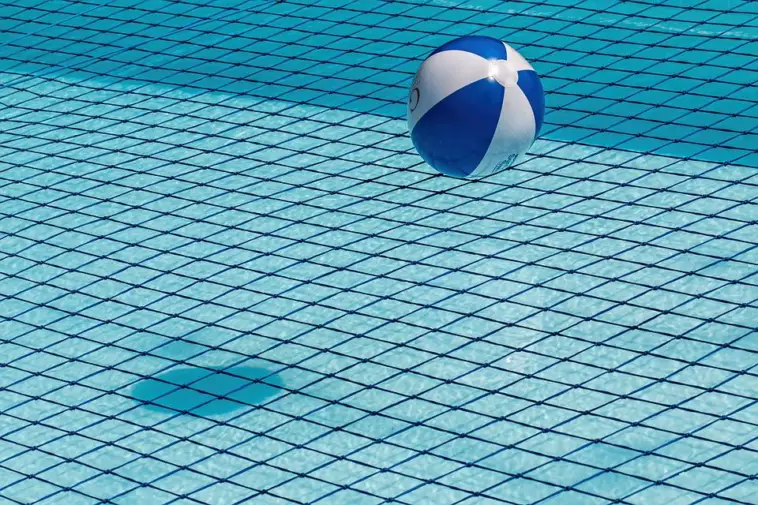It is summertime again and that means swimming pool season is in full swing. For many people, a swimming pool is a great way to cool off and have some fun during the hot summer months. However, pools can also be dangerous if they are not properly cleaned and maintained.
This article will provide you with a step-by-step guide on how to clean your pool so that your family stays safe and healthy while swimming.
Removing the Dirt Regularly
The first and most important step in keeping your pool clean is to remove the dirt and debris that accumulate in it regularly. Physical debris such as leaves, twigs, and insects can easily find their way into your pool. Not only can this debris make your pool look dirty, but it can also be a breeding ground for bacteria and other microorganisms.
Removal can be done with a skimmer, which is a tool that you use to scoop up leaves and other debris from the surface of the water.
Next, you will need to vacuum the bottom of the pool to remove any dirt or debris that has sunk to the bottom. You can do this with a manual vacuum or by using an automatic pool vacuum. When looking for this swimming pool cleaner, you should consider the reviews and make sure that it is durable and easy to use. Also, it is important to vacuum your pool at least once a week to keep the bottom clean.
Cleaning the Walls and Floor
After you have removed all of the physical debris from the pool, you will need to clean the walls and floor. This can be done at the start of the season when your pool is emptied, or weekly.
The best way to clean the walls and floor of your pool is to use a brush. There are different types of brushes available, so you will need to choose one that is designed for use with pools. When brushing the walls and floor of your pool, be sure to move in a circular motion. This will help to loosen any dirt or debris that may be attached to the surfaces.
On the other hand, a power washer can also help clean your pool surfaces. Make sure to use the right attachments and settings so you won’t damage the pool surfaces.
When you are not using your pool, it is important to cover it. This will help to keep debris and animals out of the pool. It will also help to keep the water clean and reduce evaporation.
Cleaning the Filters
Your pool’s filters are an important part of keeping it clean. Two types of filters are commonly used in pools: sand filters and cartridge filters.
Sand filters are the most common type of filter and they work by trapping dirt and debris in the sand. The sand then needs to be cleaned regularly, typically once every few weeks. Cartridge filters are less common, but they are easier to clean than sand filters. The cartridge will need to be replaced when it becomes clogged with dirt and debris.
You will also need to backwash your filter regularly. This is a process of reversing the flow of water through the filter to remove any dirt or debris that may be trapped in it.
Testing the Water
It is important to test the water in your pool regularly, at least once a week. This will help you to ensure that the levels of chlorine and other chemicals are where they need to be. You can purchase a water test kit from your local pool supply store.
When testing the water, you will need to check the pH levels. The ideal pH level for a pool is between 7.2 and 7.6. If the pH level is too high, it can cause skin and eye irritation. If the pH level is too low, it can make the chlorine in your pool less effective.
On the other hand, the ideal range for chlorine is between 1 and 3 ppm (parts per million). If the chlorine levels are too low, it can allow bacteria and algae to grow in your pool.
You should also shock your pool regularly. This is a process of adding a high level of chlorine to the water to kill any bacteria or algae that may be present. Shocking your pool should be done at least once a month, but more often if you have a lot of swimmers using your pool.
Adding Chemicals to the Water
If the levels of chlorine or other chemicals are not where they need to be, you will need to add chemicals to the water. This is typically done with a chemical dispenser, which can also be purchased at your local pool supply store.
When adding chemicals to the water, you will need to be careful not to add too much. This can cause skin and eye irritation. If you are unsure of how much to add, you can always ask a staff member at your local pool supply store for help.
You will also need to add chemicals to the water if the pH levels are not where they need to be. To raise the pH level, you can add soda ash to the pool. To lower the pH level, you can add muriatic acid.
Cleaning the Deck
The deck is the area around your pool that gets the most foot traffic. As such, it is important to keep it clean and you can do this by sweeping it regularly. Be sure to use a broom that is designed for use with decks. You should also hose down the deck regularly to remove any dirt or debris that may have been left behind.
In addition, you will need to clean the deck furniture regularly. This includes chairs, lounges, and tables. Be sure to use a mild soap and water solution so you don’t damage the furniture.
Cleaning your pool regularly is important if you want to keep your family safe while swimming. This article has highlighted some of the most important things that you need to know about keeping your pool water healthy and chlorine levels in check.
By following these simple tips, you can ensure that your pool is always ready for a pool party or a leisurely swim.





